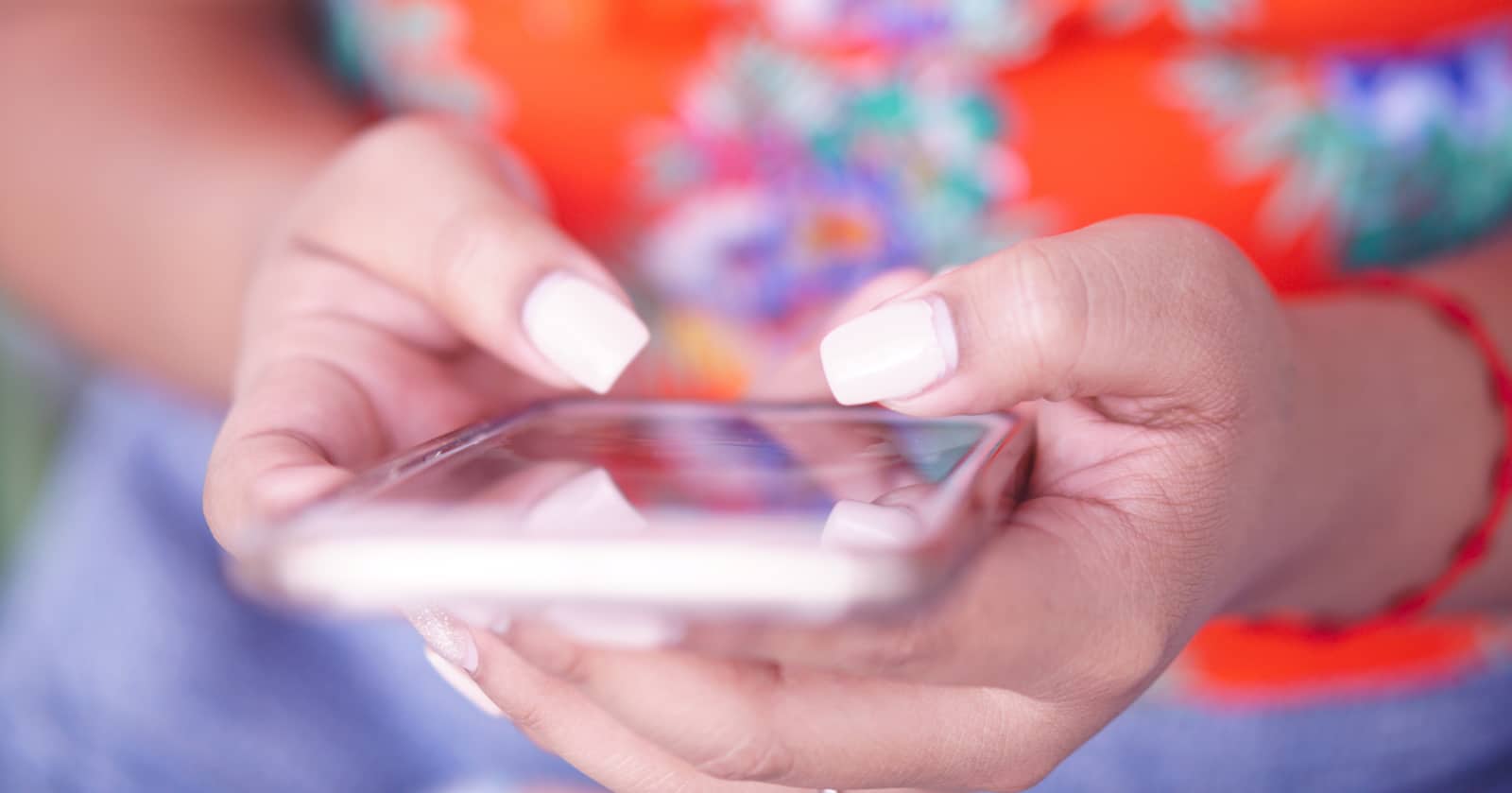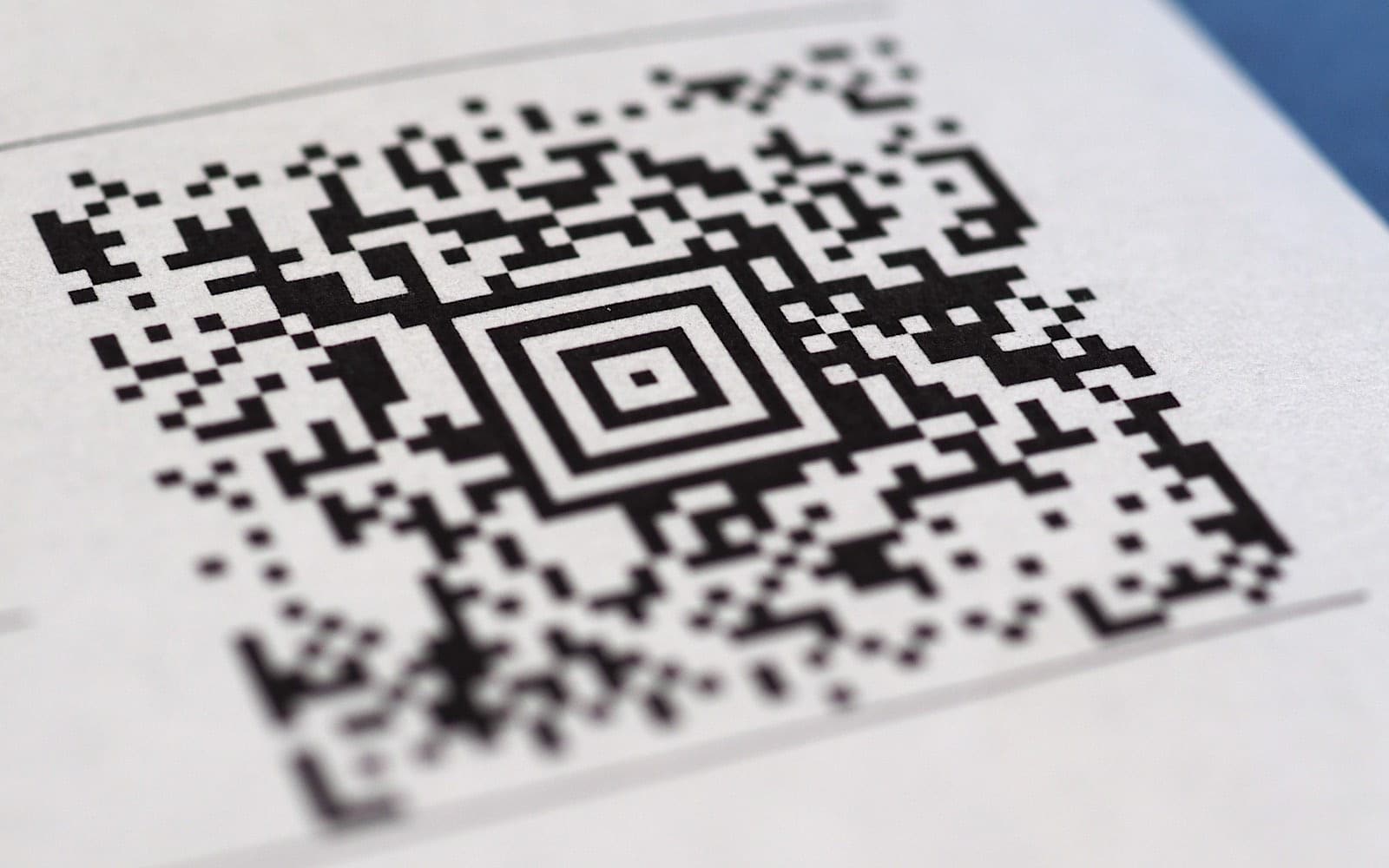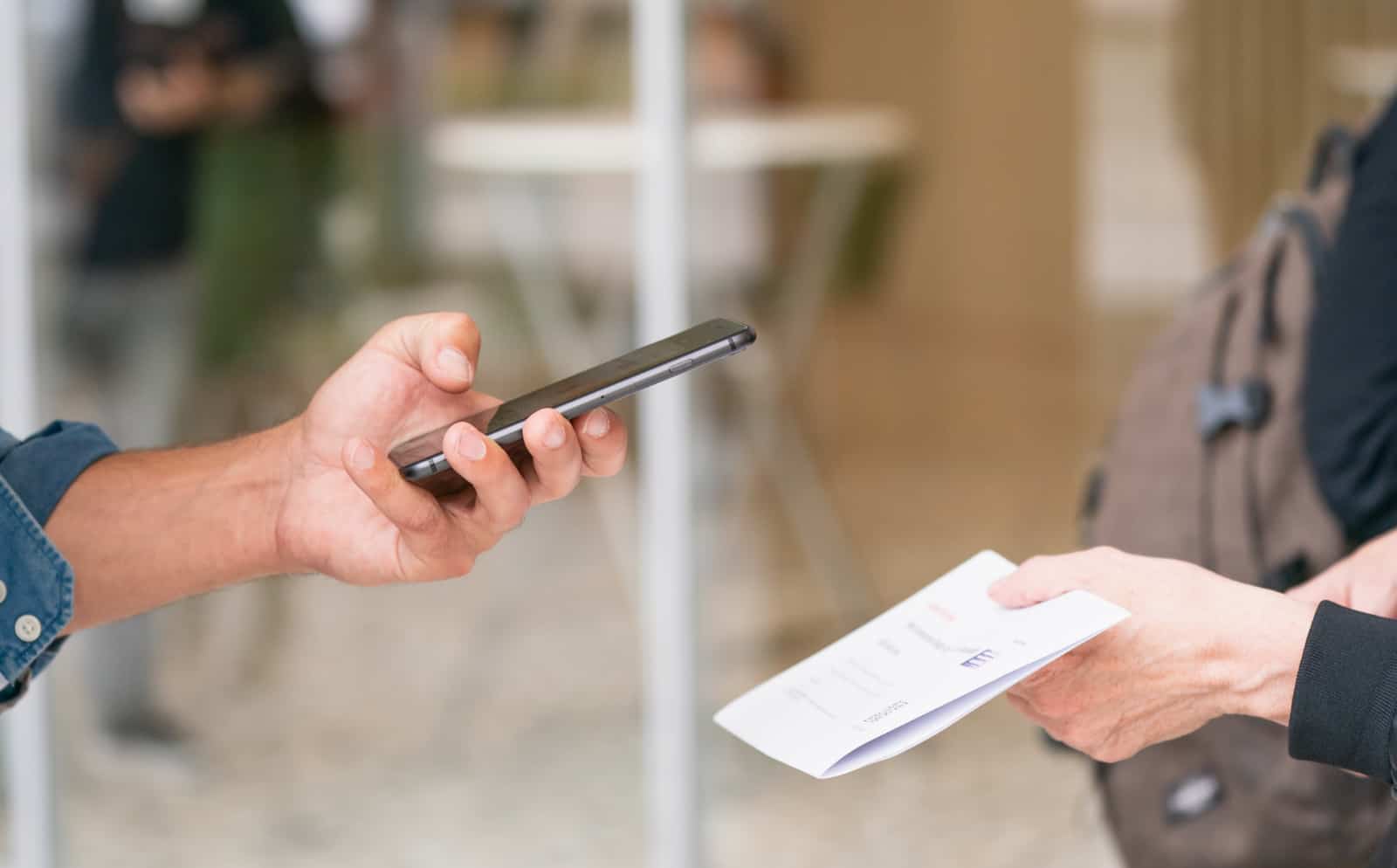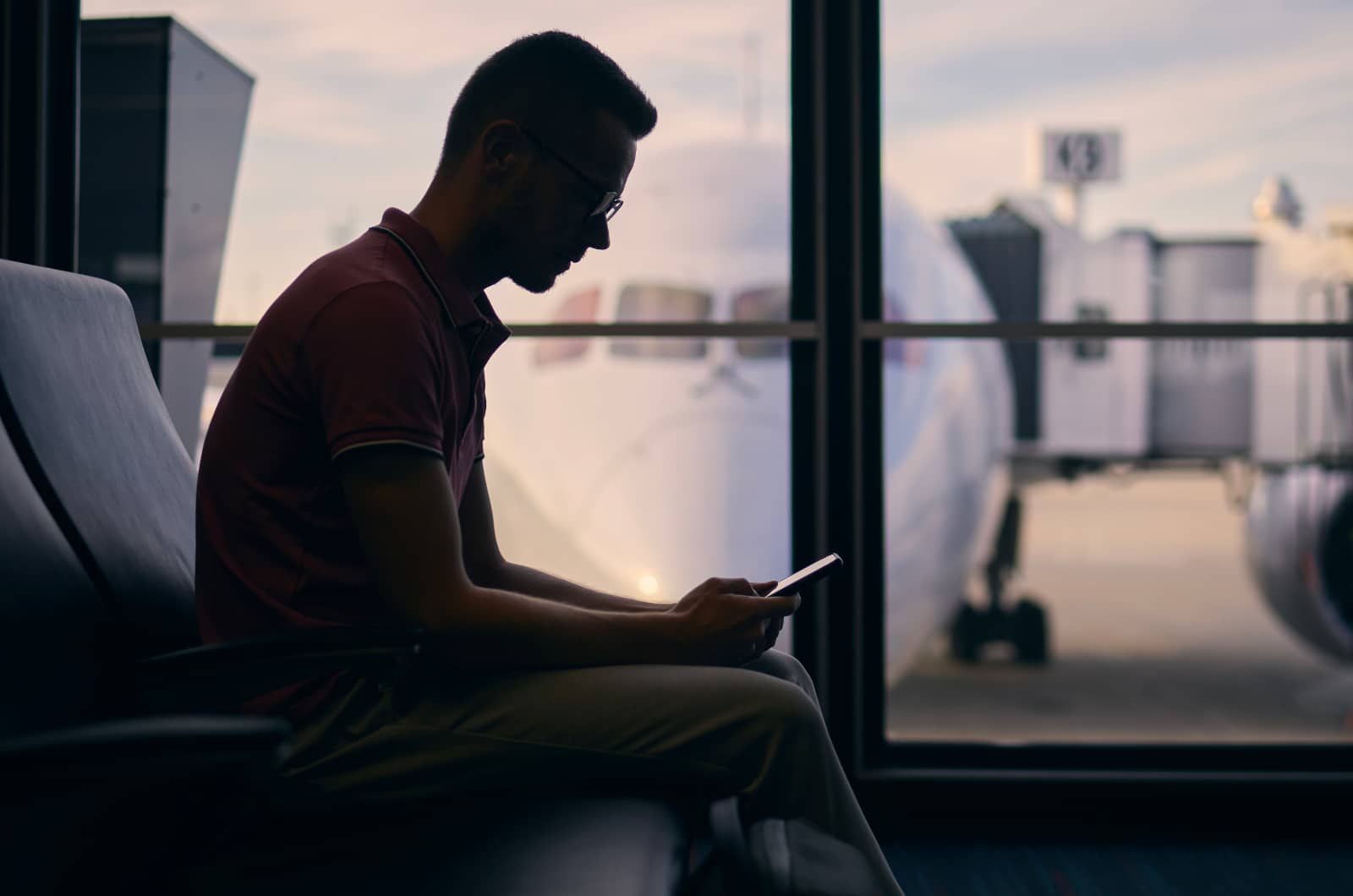A concept that could very well come soon to your phone, the Australian government’s has plans for a digital form of ID that uses QR codes. What is it and how does it work? And is it safe?
Your phone is changing everything about your life, from how you consumer the web to your music to even how you pay for goods and services. It’s that last one which is seeing monumental change, as more and more people move to a cashless society.
Going cashless is just one aspect of a changing wallet and purse. Removing your identity cards is another entirely. And it’s potentially a far more complex task.
You can already load parts of your wallet into your phone as it is. A Medicare card can be found using an app, health insurance cards can be added to smart wallet apps on phones, and depending on where you live in Australia, you might be able to download a digital driver’s license, as well.
But what about a digital ID?
The Australian government has plans, and in August 2024, we’ve seen what some of these look like.
Trust Exchange and the Digital ID
At an address for to the National Press Club, Bill Shorten, Australia’s Minister for Government Services, announced what the Albanese government was working on, developing a proof of concept ID system that would bring together multiple forms of identification, and allow documents about you to be temporarily provided access.
The concept is called “Trust Exchange”, or “TEx” for short, and it would essentially act as a form of digital ID by providing important documents to prove authenticity of an identity through one easy mechanism: a QR code.
During covid, we all became quite familiar with QR codes, and this would extend that.
In theory, if you need to prove your age to a bar or club, you would hold up a QR code, the business would verify those documents using an app, allowing them access to the official documents.
It’s a similar concept to needing an identity proven in other areas:
- If you need documents to prove your identity to a telco for a new mobile service, the government Trust Exchange would allow the right information to be shown to the telco at the point of signing up simply by showing your QR code.
- If you’re signing up for a home loan at a bank, the Digital ID’s QR code would temporarily grant the rights for the bank to look at your important identification documents, and so on
After sharing this information, the Trust Exchange system provides a record of the transaction in your myGov wallet, providing what you shared and where the data was shared with.
“The technology behind TEx would take all the hassle out of finding dozens of documents to prove who you are when you’re doing things like setting up a bank account or buying a mobile phone or even trying to rent a property,” said Mr. Shorten.
“TEx will connect the bank or telco or real estate agent with your digital wallet and you then consent to share only the identity attributes or credentials you choose to.”

Is this digital ID concept safe?
The idea sounds logical: all your important ID documents in one place able to be quickly brought up and shared with the businesses that need them.
The problem is the storage of this information. You will need to place a large amount of trust in the government for storing these documents, many of which are likely supplied by the government in the first place, but may not always be found in the same location.
According to the government, the information won’t be found in one single location, potentially to help mitigate any risks posed by centralised storage. However, the government plan may also be one of the first of its kind, which means getting it right initially might be complex.
Furthermore, QR codes can already offer security problems, as scammers have previously capitalised on these codes in the past.
Protecting it is also vital, thanks in part to just how lucrative this information could be to criminals.
As it is, the USA is currently dealing with the potential fallout from having nearly three billion Social Security records stolen, including names, social security numbers, and physical addresses. This treasure trove of data is extremely lucrative for scammers and criminals alike, as they can be used to forge identities and undermine the whole process a digital ID is meant to deal with.
Much like how the Medicare and Optus hacks revealed data that could be used for fraudulent acts once stolen, the government would need to develop ironclad security for its digital identification system and separate the moving parts to at least guarantee some sense of security.

A while off
In any case, Trust Exchange and the digital ID it connects to are a long way off from the time this story was reported. Officially, Shorten’s office notes that:
“TEx proof of concept phase is expected to be completed by the end of 2024, with options for the pilot phase to be considered in early 2025.”
That means it might not be until 2025 before we see any options for how this whole thing will work, and that’s even if we do.
It’s worth pointing out that while the next federal election won’t likely be until the middle of 2025, it could also happen sooner. Elections change things, with governments changing and shifting priorities, particularly if different political parties take over from others.
Much like how the NBN became a different beast entirely when the Liberal Party took over from Labor, it is entirely possible that Trust Exchange and the Digital ID concept will change drastically by the time it rolls out.
For now, keep holding onto your documents and do things the way it has always been, scanning documents and proving your identity using a driver’s license, digital or otherwise. That’s the way it’s going to be for at least a year more, it seems.






